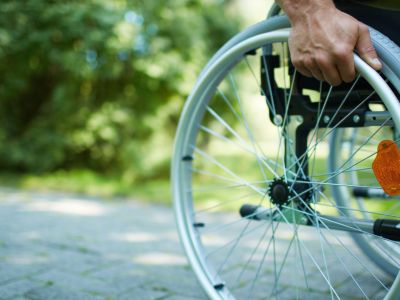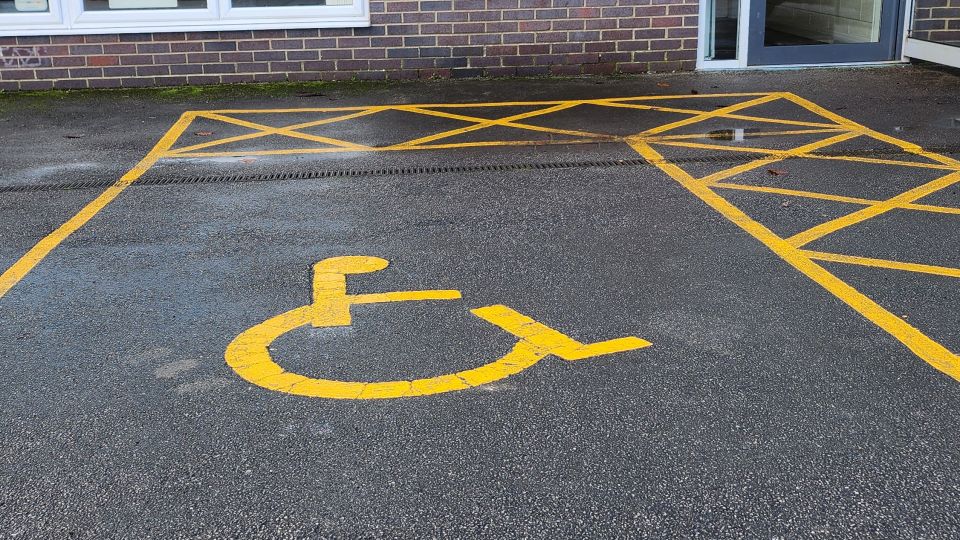
Accessibility considerations
A person who has a disability will often feel as independent as the next person especially if they have lived with a condition for a large part of their lives. However, they can be made more aware of their disability and limitations by the environments around them if they do not consider accessibility. It is difficult to make access possible for every type of disability in every public service, business, transport system etc and this post does not cover everything by any means! but here are a few basic key points and ideas to show areas of consideration to help people with disabilities.
Creating Accessible Business Premises: Key Considerations for Inclusivity
Ensuring your business premises are accessible to everyone, including people with disabilities, is not only a legal requirement in many countries but also a critical step toward fostering inclusivity. By making your business more accessible, you open your doors to a wider range of customers and employees, enhance your brand’s reputation, and promote equality.
1. Wheelchair Accessibility
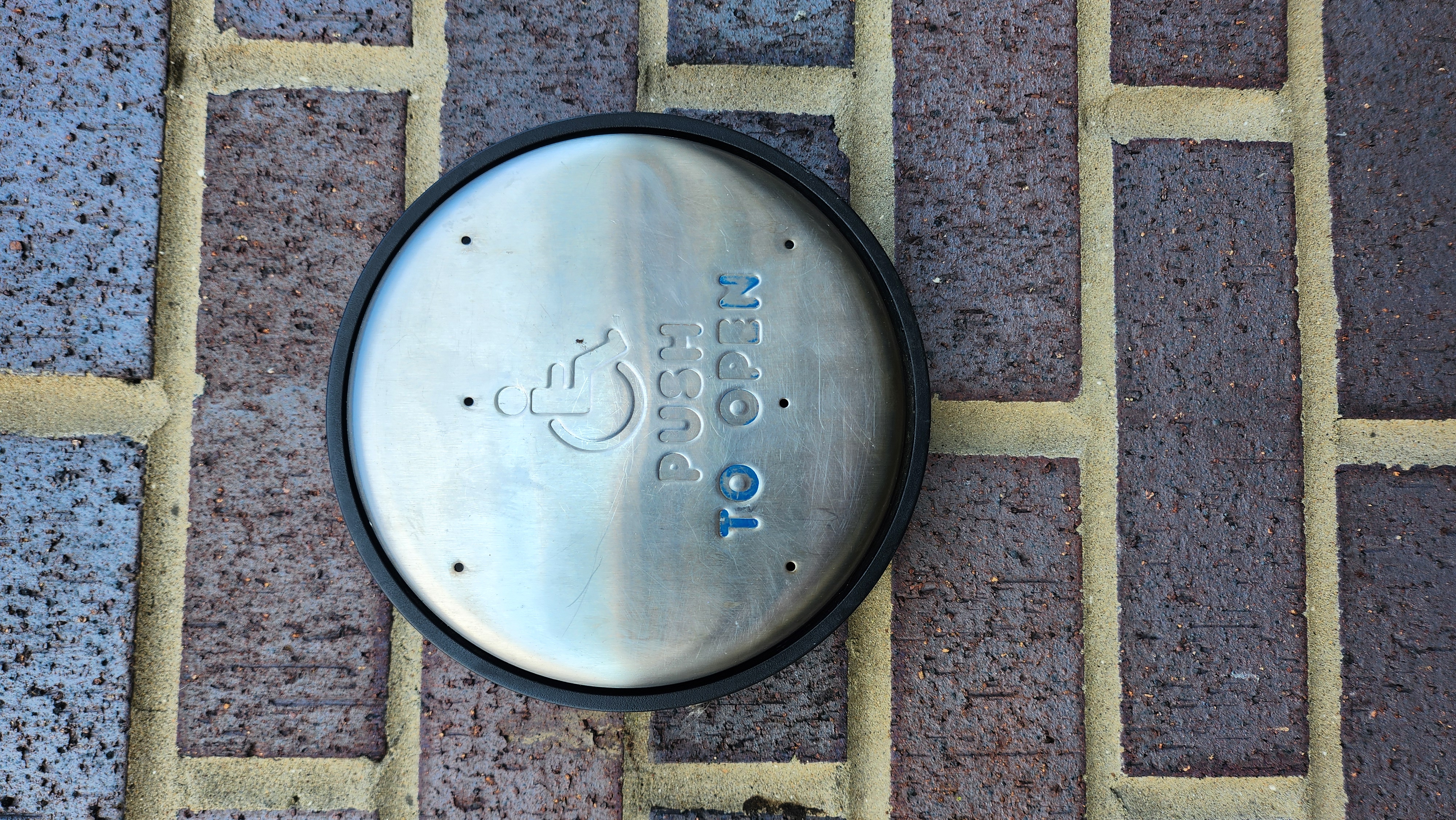
a. Accessible Entrances and Exits
Ensure your building has step-free access. This can be achieved through ramps or elevators that meet accessibility standards, such as being wide enough for a wheelchair (minimum 36 inches or 91 cm). Where steps are unavoidable, install sturdy handrails and, ideally, a lift or ramp alternative.
b. Doorways and Corridors
All doorways should be wide enough to accommodate a standard wheelchair, with a minimum width of 32 inches (81 cm). Automatic or push-button doors are ideal to make entry and exit effortless. Corridors should be wide enough to allow easy navigation and turning for wheelchair users.
c. Bathrooms
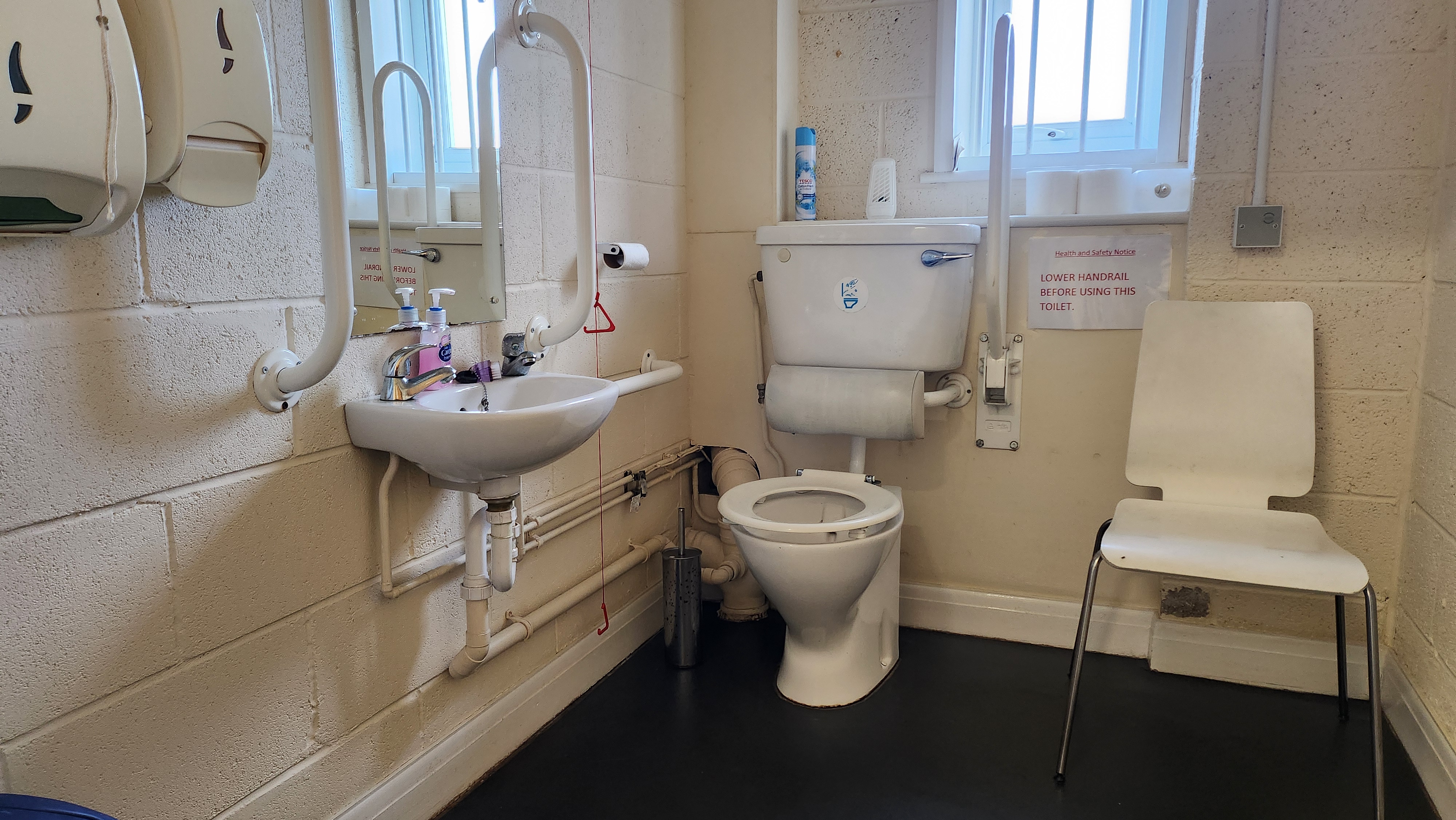
Accessible restrooms should be available, featuring grab bars, sufficient space for manoeuvring, and low sinks and mirrors. Toilet paper, soap dispensers and hand dryers should be placed at reachable heights, with clear signage directing people to these facilities.
d. Layout and Furnishings
Inside the building, ensure the layout is spacious, with enough room between furniture to allow easy movement for wheelchair users. Avoid cluttered or narrow walkways, and ensure that important items like service counters are at an accessible height (around 34 inches or 86 cm).
2. Accessibility for People Who Are Hard of Hearing
a. Clear Signage and Visual Information
Written or visual information should be provided where possible to supplement verbal instructions. Use large, easy-to-read fonts, and place signs in well-lit areas. For important announcements, consider using digital screens or text-based notifications in addition to audio.
b. Hearing Loops and Assistive Listening Devices
Install hearing loops or FM systems in areas where verbal communication is essential, such as at reception desks, checkout counters, or conference rooms. These devices help individuals with hearing aids to filter out background noise and hear more clearly.
c. Quiet Spaces
For customers or employees with hearing impairments, loud environments can be overwhelming. Provide quiet areas where conversations can happen without background noise interference, making it easier for people who rely on lip-reading or hearing aids to communicate.
d. Staff Training
Train your staff to communicate effectively with people who are hard of hearing. This could include learning basic sign language or ensuring they speak clearly and maintain eye contact with the customer. Providing written material about your services can also be helpful.
3. Visual Impairment Accessibility
a. High-Contrast Signage and Markings
Ensure that signs have high contrast between text and background colours to improve readability. Use bold fonts and non-glare materials. Pathways and steps should be marked with bright, contrasting colors to help visually impaired individuals navigate safely.
b. Braille and Tactile Information
Provide braille signage for essential information, including restroom signs, elevator buttons, and room numbers. Tactile maps and guiding strips on the floor can also help visually impaired customers navigate your premises independently.
c. Lighting and Glare Reduction
Lighting is critical for visually impaired individuals. Ensure that all areas, especially entrances, hallways, and stairwells, are well-lit without creating excessive glare. Adjustable lighting in meeting rooms or workspaces can cater to varying vision needs.
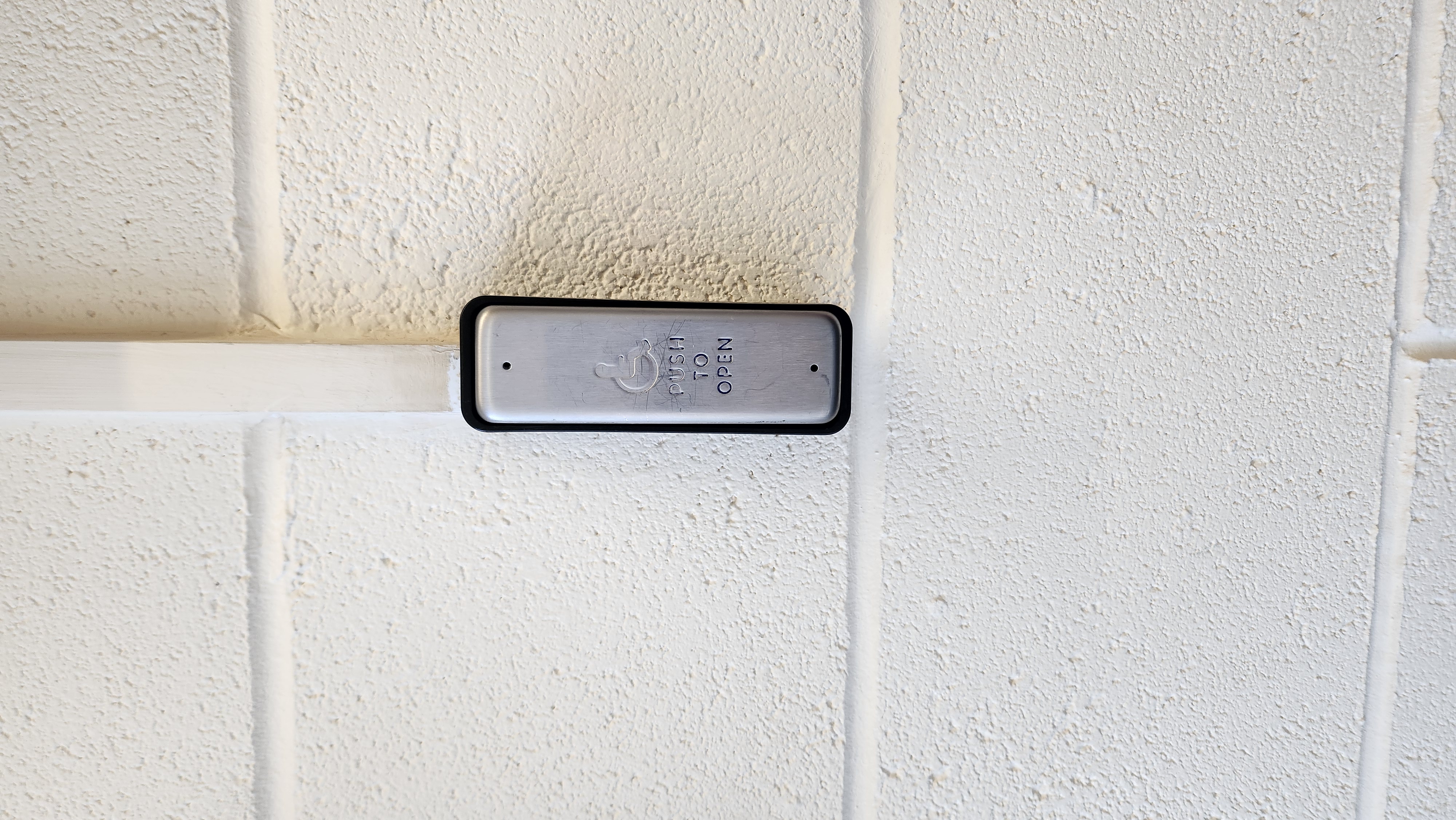
Low level light switches
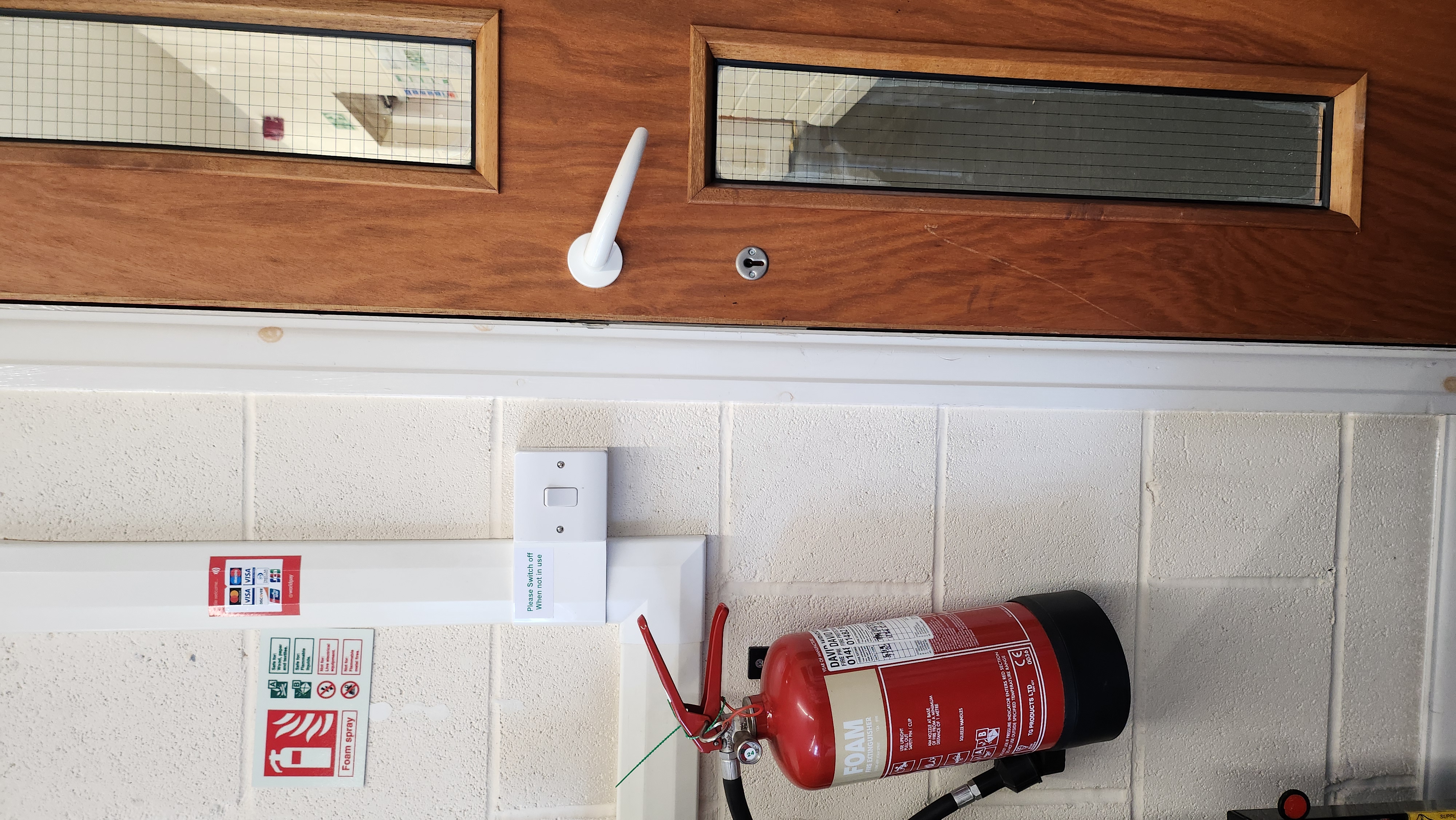
d. Clear Pathways and Obstacle-Free Environments
Remove potential hazards such as low-hanging signs, poorly placed furniture, or uneven flooring. Guide dogs should also be accommodated, with spaces designed to allow for easy navigation for both the person and their service animal. Consider installing tactile paving to guide visually impaired individuals along important routes.
4. Accessible Technology
a. Accessible Websites and Apps
For businesses with online services, ensuring website accessibility is crucial. This includes adding alt text to images, offering screen-reader-friendly navigation, and providing video content with subtitles or transcripts. Use accessibility testing tools to evaluate the usability of digital interfaces for people with disabilities.
b. Digital Terminals and Self-Service Kiosks
Make sure ATMs, ticket machines, and other self-service kiosks have audio support and are positioned at a reachable height for wheelchair users. These machines should also include tactile buttons or braille for the visually impaired and easy-to-read instructions for those with hearing impairments.
5. Emergency and Evacuation Plans
Ensure that emergency exits, alarms, and evacuation plans are accessible to everyone. Audible alarms should be accompanied by flashing lights for people with hearing impairments, and exits must be wide enough for wheelchair users. Include clear instructions in braille and large, high-contrast text in your emergency plans, and provide staff training on how to assist individuals with disabilities in an emergency.
6. Customer Service and Staff Training
Accessibility doesn’t stop with physical adjustments; it also requires awareness and understanding from staff. Train employees to:
- Understand and accommodate the needs of people with various disabilities.
- Provide assistance without being patronising or making assumptions.
- Respond to feedback from disabled customers about accessibility issues.
Conclusion
Making your business premises accessible to people with disabilities is a vital step toward promoting inclusivity and equality. By considering the needs of wheelchair users, people who are hard of hearing, and the visually impaired, businesses can ensure their spaces are welcoming and functional for everyone. This not only enhances customer experience but also demonstrates a commitment to social responsibility, which can improve business reputation and drive loyalty.
For further information and UK guidelines on legal planning requirements for buildings see:
https://commonslibrary.parliament.uk/accessibility-of-shops-and-businesses-for-disabled-people/
https://www.gov.uk/government/publications/planning-and-access-for-disabled-people-a-good-practice-guide
https://contend.legal/courts-and-procedure/uk-wheelchair-access-regulations-a-complete-guide/


